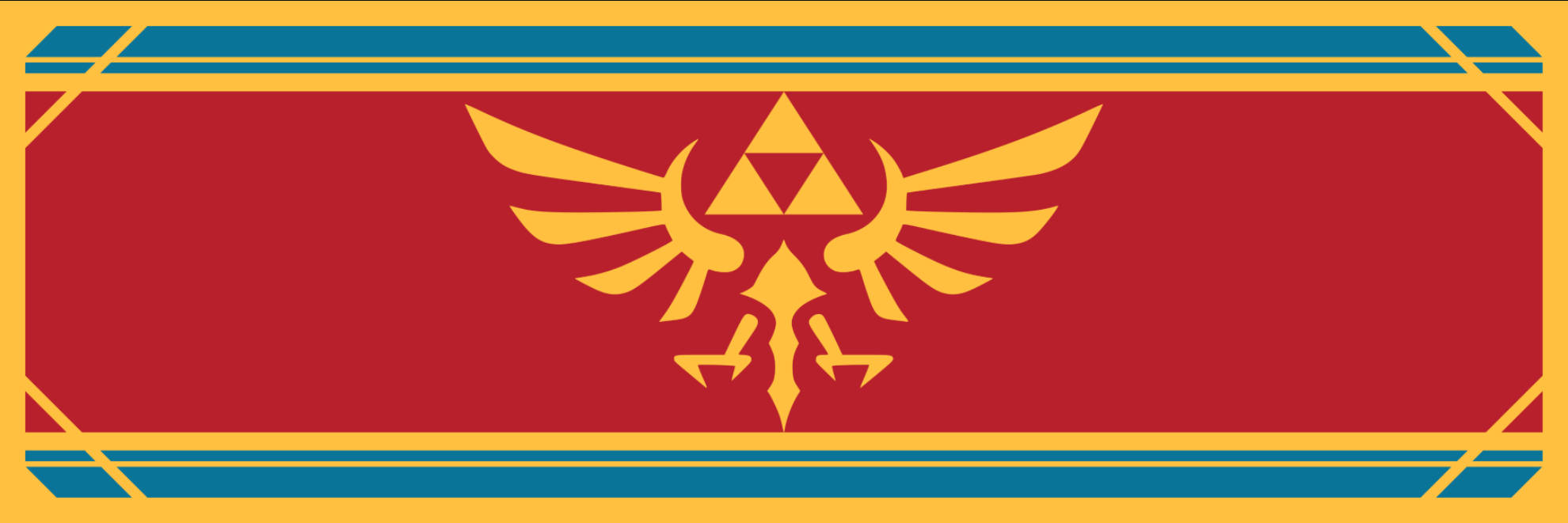
Open-world Design Analysis of The Legend of Zelda: Breath of the Wild
A downloadable project
The Legend of Zelda: Breath of the Wild (hereinafter referred to as Breath of the Wild) is an action-adventure game released by Nintendo in 2017, in which players play as Link to rescue the imprisoned Princess Zelda. Due to its innovative design of open-world gameplay, it won the Game of the Year award and received full marks from most media outlets, as well as high praise from the player community. This article will analyze the success of Breath of the Wild from two aspects.

In Breath of the Wild, players venture to a vast and mysterious land filled with puzzles, and can travel to any area they desire. However, the design team did not intend for players to go to any location they want, as areas closer to the starting point are often designed for beginners, and some areas also serve narrative purposes.
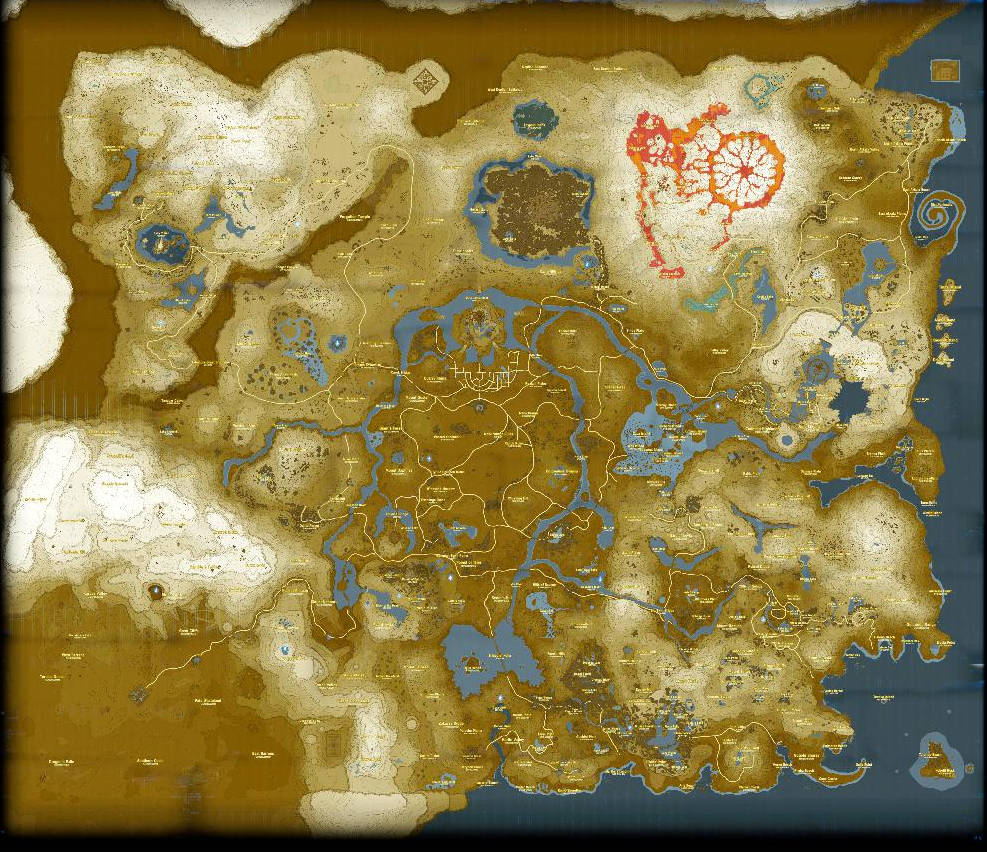
In order to give players a "hidden restriction" in their movement, the development team decided to use triangles to block off certain areas. This was because even though the game was open-world, areas closer to the starting point were often designed to be more beginner-friendly, not to mention some areas also served narrative purposes.
In nature, hills, cliffs, and slopes are often made up of triangles, which follows natural laws. From another perspective, the vertex of a triangle (the peak of a hill) provides a good short-term goal for players. For example, when a player discovers a hill, they often want to climb to the top, which gives them a short-term goal. The reward for reaching the top is a vast view, which is a great reward. After reaching the top, players can confirm the location of nearby shrines and other collectibles or discover another hill, forming a good closed loop.

As an open-world game, Breath of the Wild must have high-density interactive elements on the map, such as watchtowers, shrines, and Koroks, etc. But if players are given too much information in a short period, it may not be helpful and can even disrupt their gameplay route, possibly overwhelming them with too much information. Therefore, hills become an excellent way to block these collectibles. By adding hills, the player's gameplay experience changes to discovering a shrine in the distance, completing the challenge, and then going to the top of the hill for a better view. Along the way, they may come across a Korok they didn't notice before. After reaching the top, they may discover a watchtower in the distance. Overall, the hill element complements the open-world collectibles, forming a unique "ecosystem."
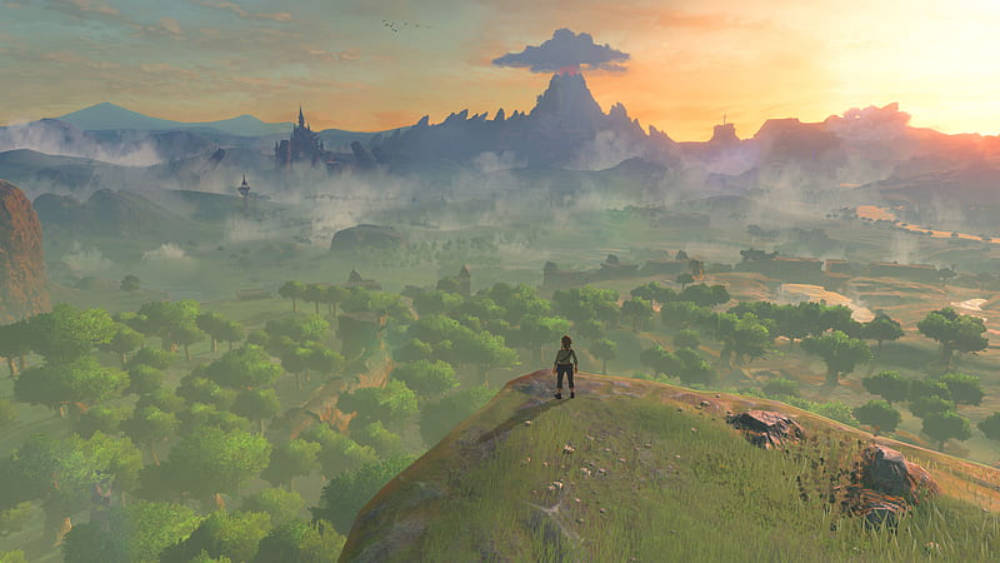
Another way to guide players is through color. In Breath of the Wild, the ground is often large patches of grass, while collectibles are often different colors. For example, unfinished shrines are orange, and Koroks are often hidden under gray stones. These obvious colors form an invisible hand in the game, guiding players to find one treasure after another on the continent.
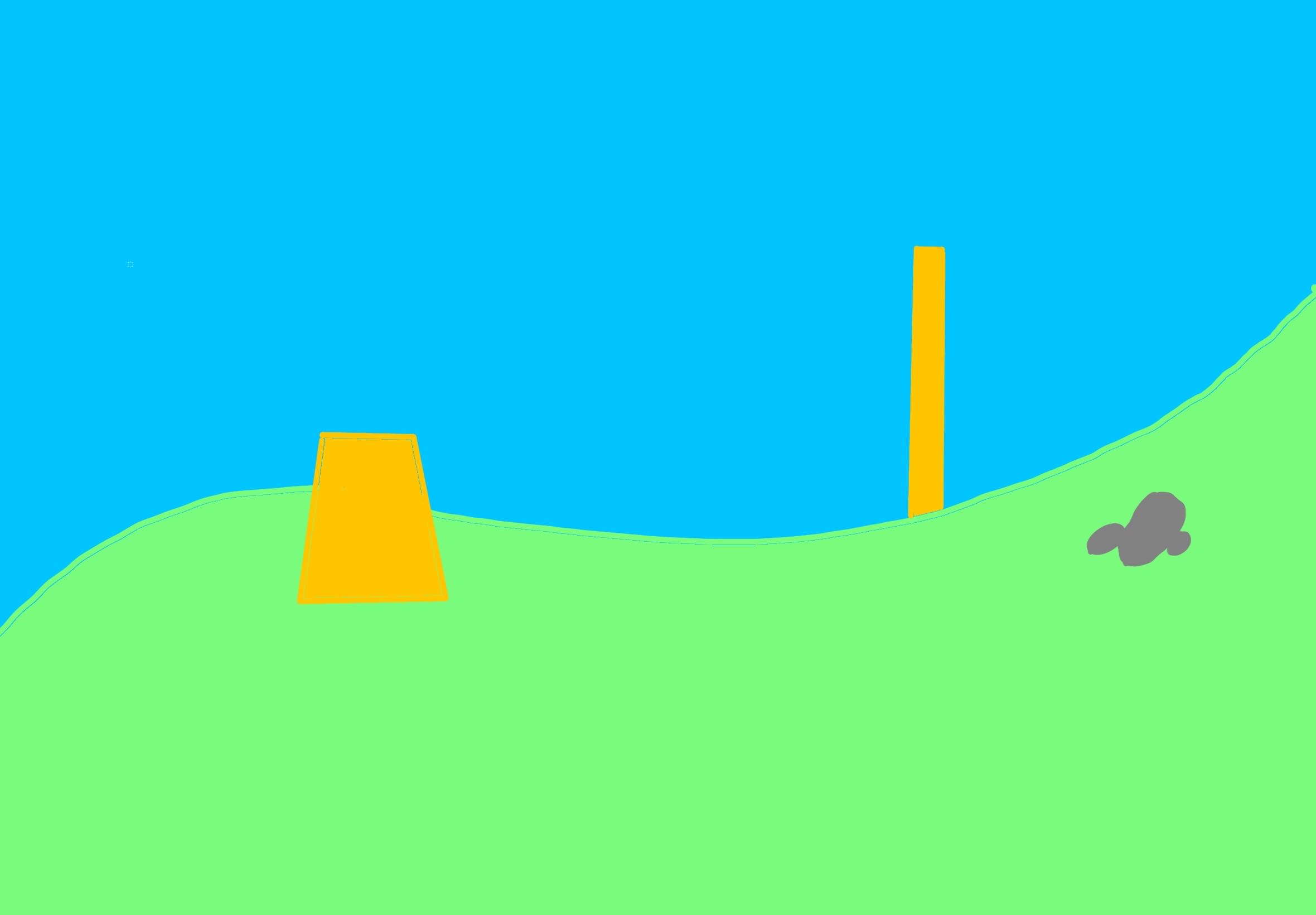
Using "rails" to guide players is another way to limit their movement to a fixed range. In Breath of the Wild, this is achieved through roads flanked by mountains. Although there are many ways for players to move, such as riding horses, climbing walls, gliding, and running, each method has its limitations. As a result, players tend to deviate from the road to climb hills and collect items, then return to the road. These limitations on mobility serve as a way to control players' exploration paths.

In game design, in order to meet the near-infinite puzzle requirements of an open world, the developers approached it from a "multiplication" perspective. They created two concepts in the game, physics (such as time-stop, magnetism, buoyancy, etc.) and chemistry (water, fire, ice, wind, electricity, etc.), and established the following rules:
1. Elements can change the state of matter.
2. Elements can change the state of elements.
3. Matter cannot change the state of matter.
This concept provided them with a very simple and interesting design approach, and allowed them to ask questions of the game world just like players do.
Through these ideas, they created a "realistic" game world where players can pick up baked apples after lighting a tree on fire, use a cut-down tree as a makeshift raft to cross a river, or attract lightning with a metal weapon and throw it near enemies.
This is what they call the "passive game to active game". They successfully allowed players to think about their own way of playing the game, and arrange where to go and what to do, which is why Breath of the Wild's open world is so fascinating.
| Status | Released |
| Category | Other |
| Author | Shuhuai233 |

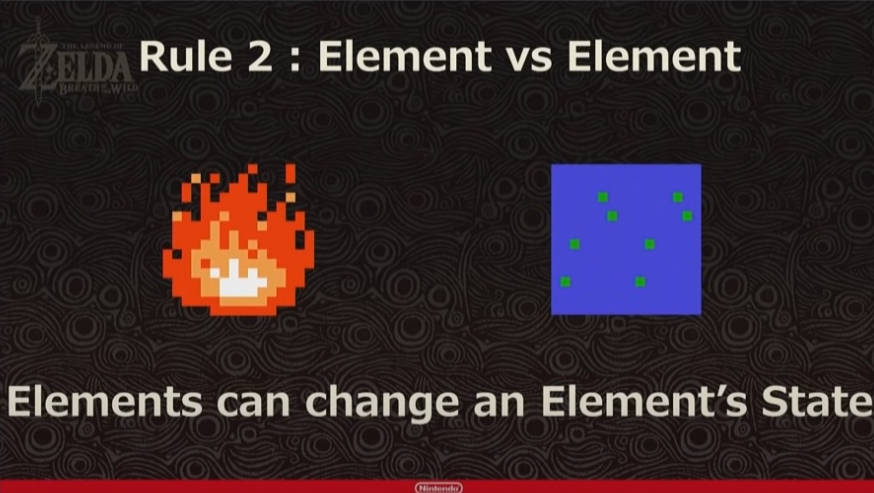
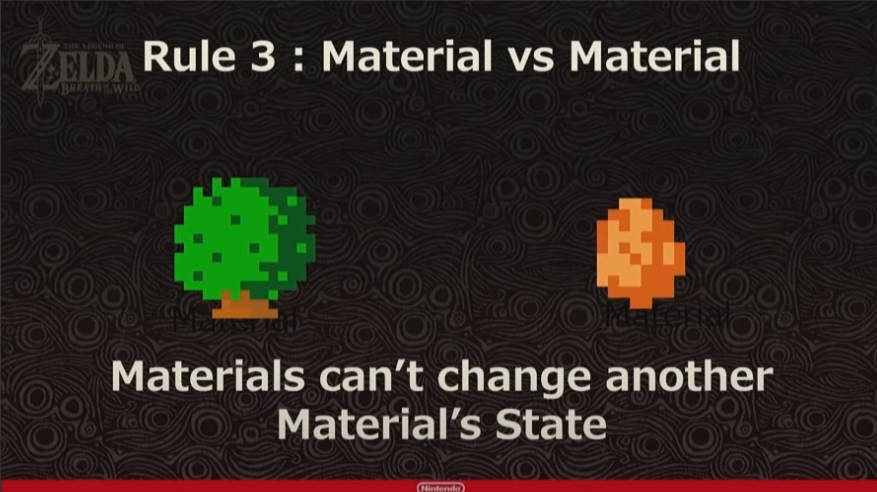
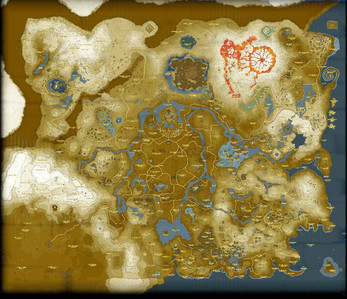
Leave a comment
Log in with itch.io to leave a comment.